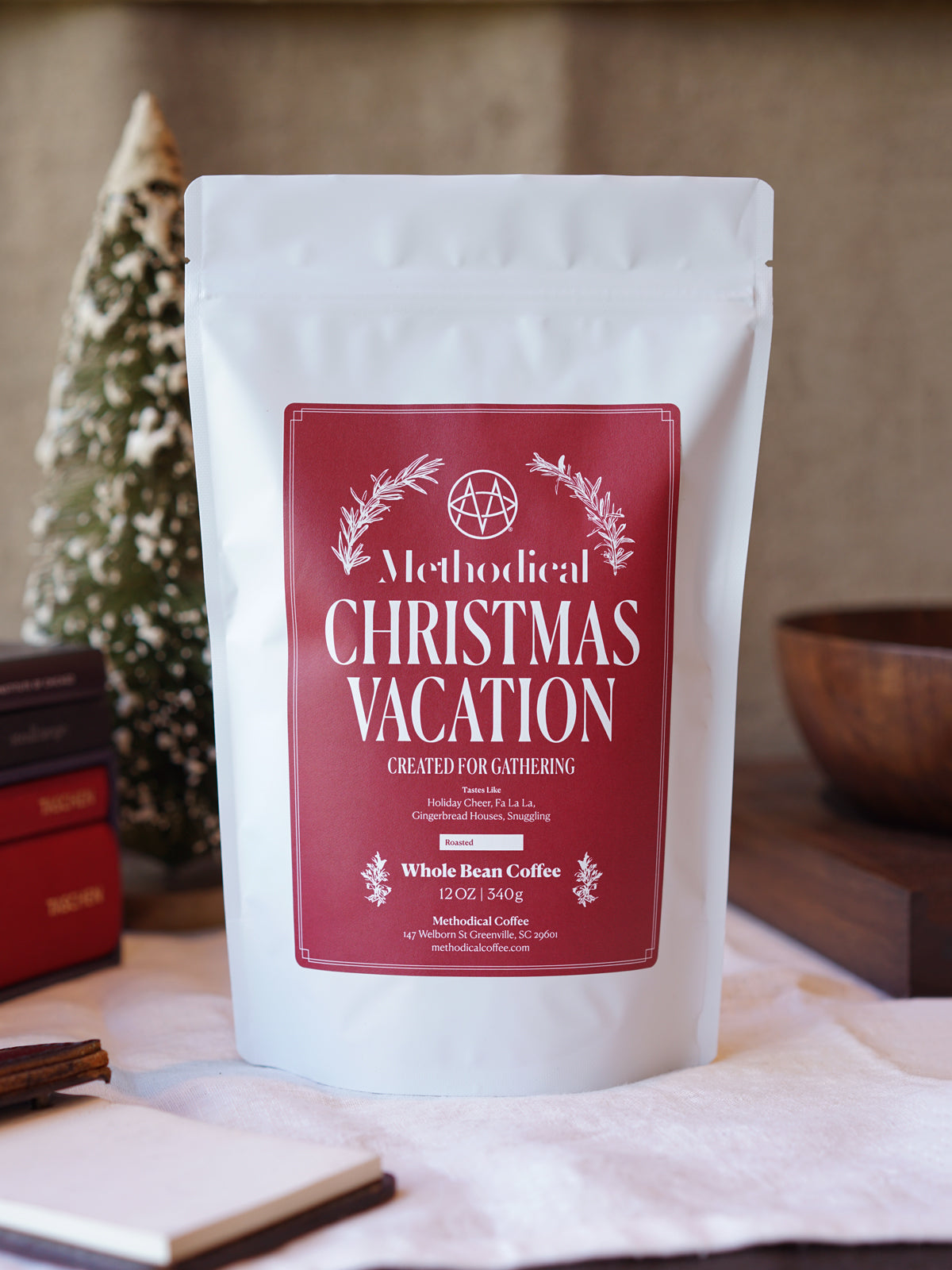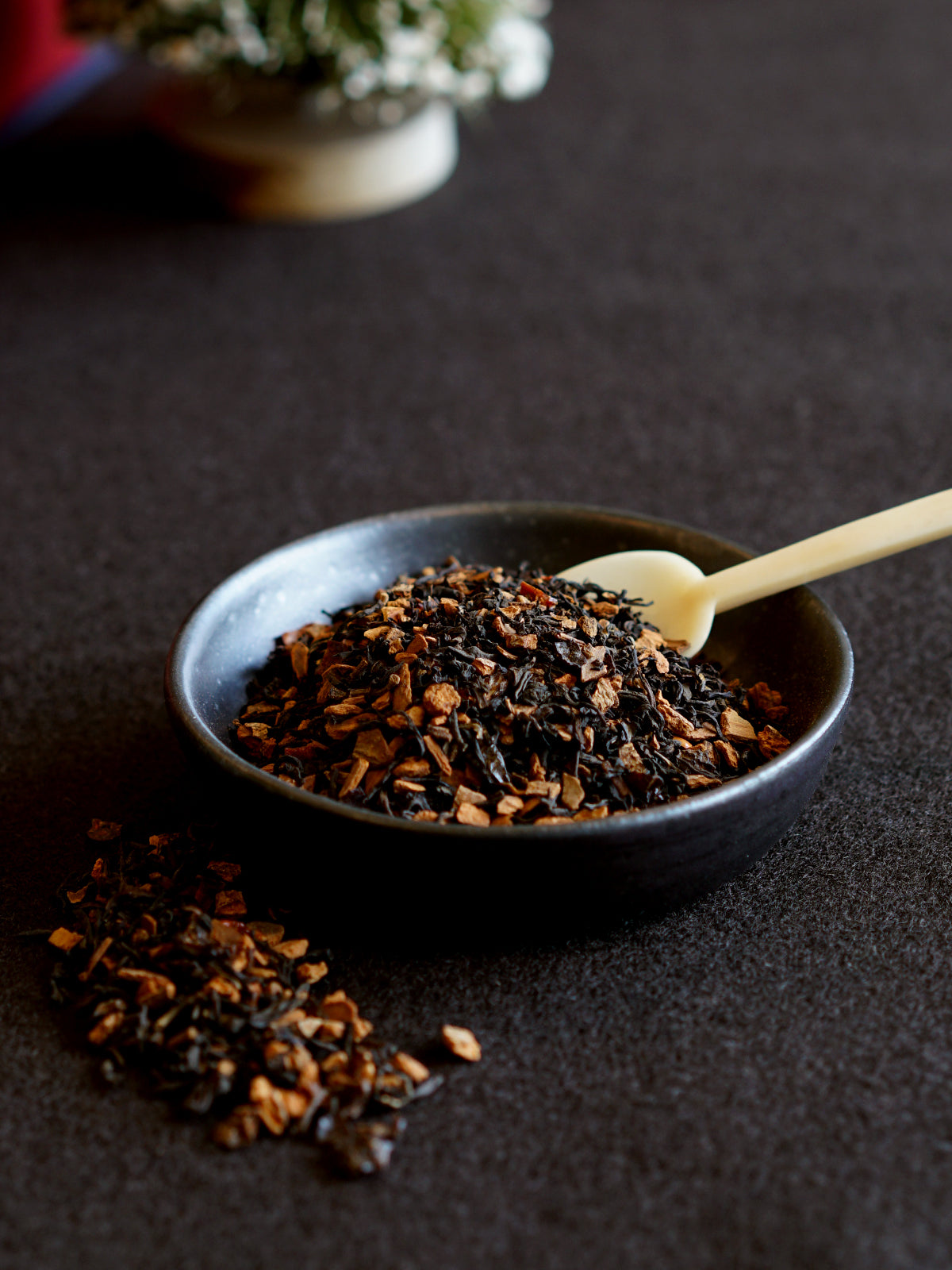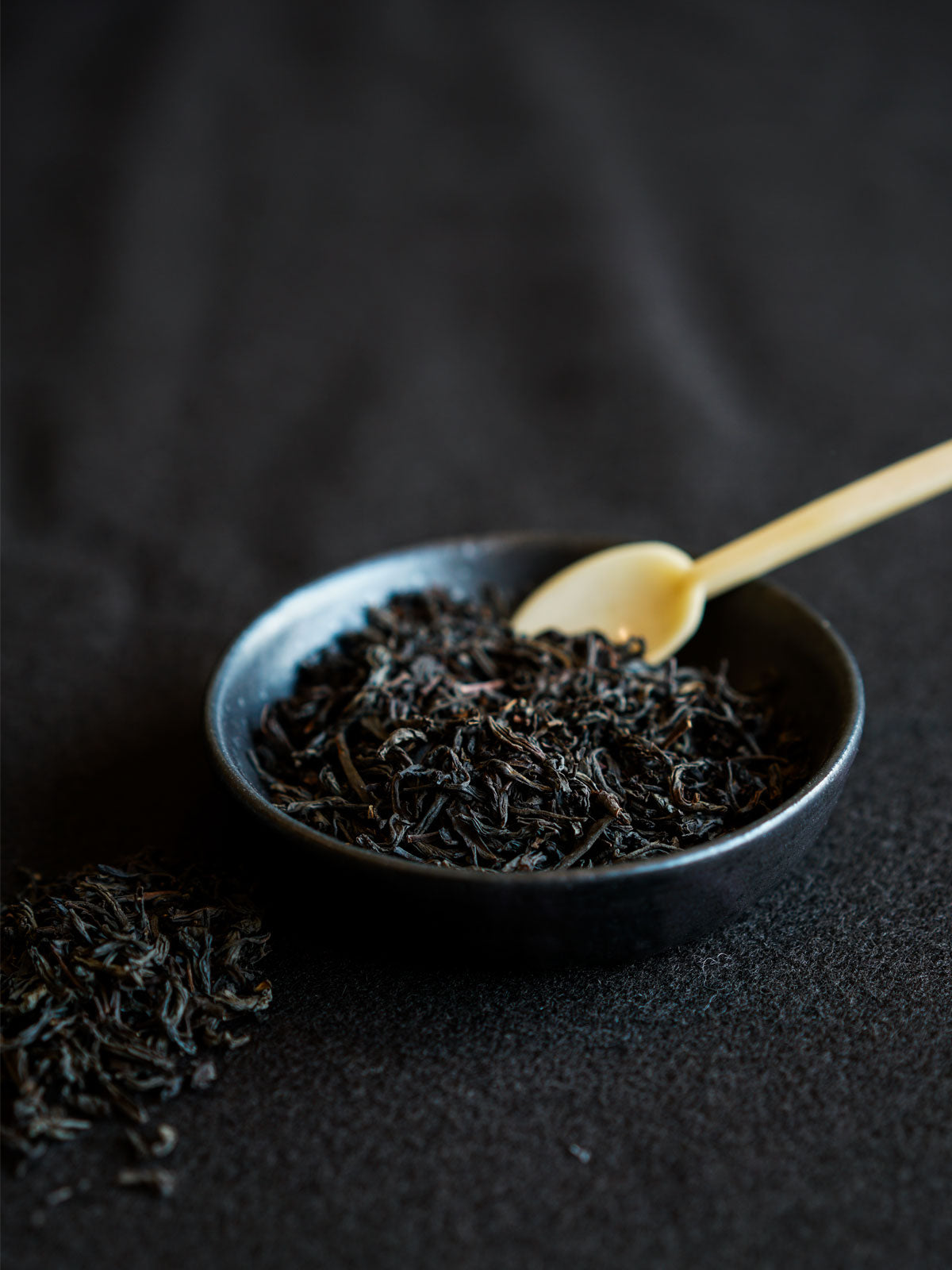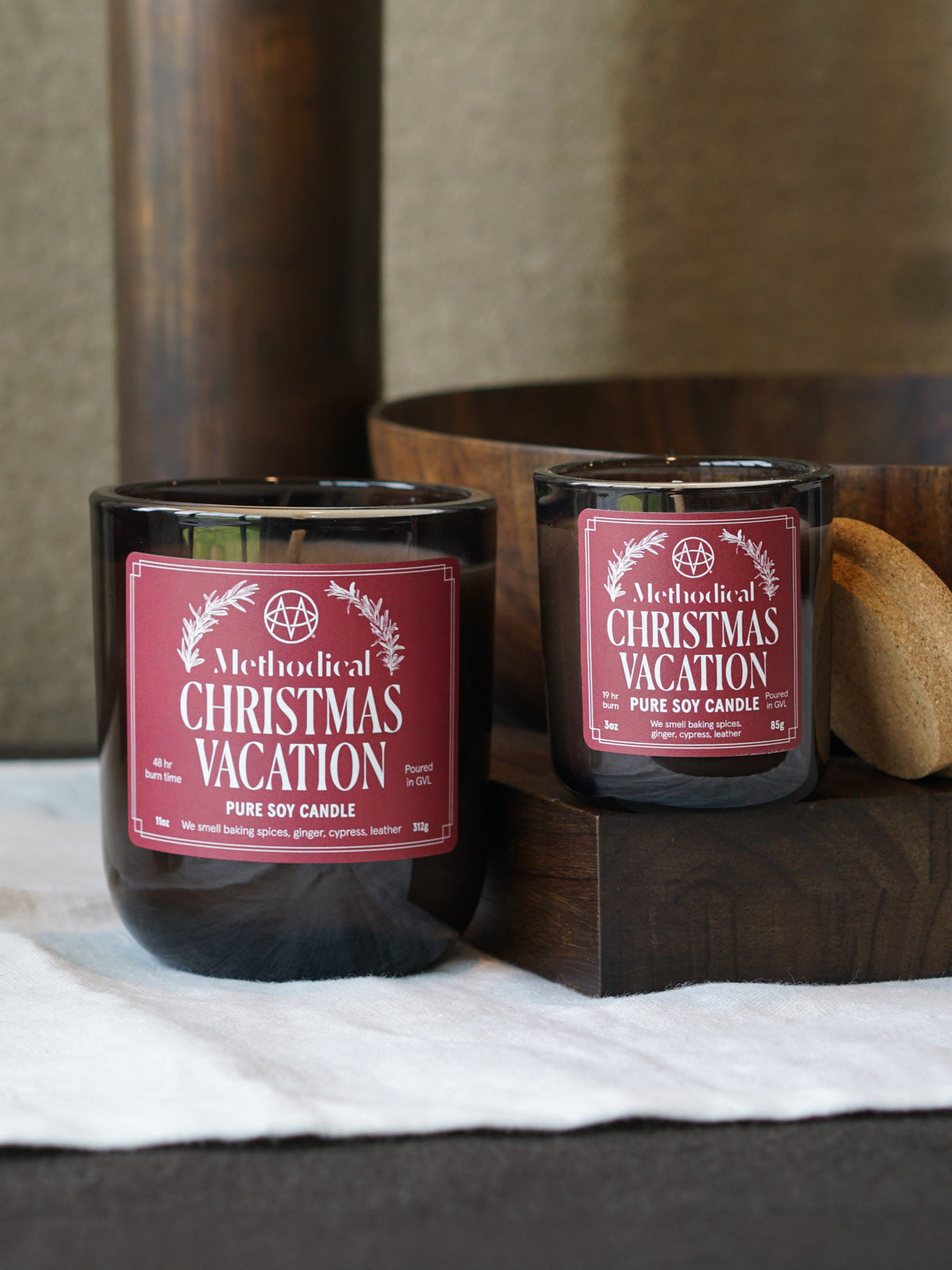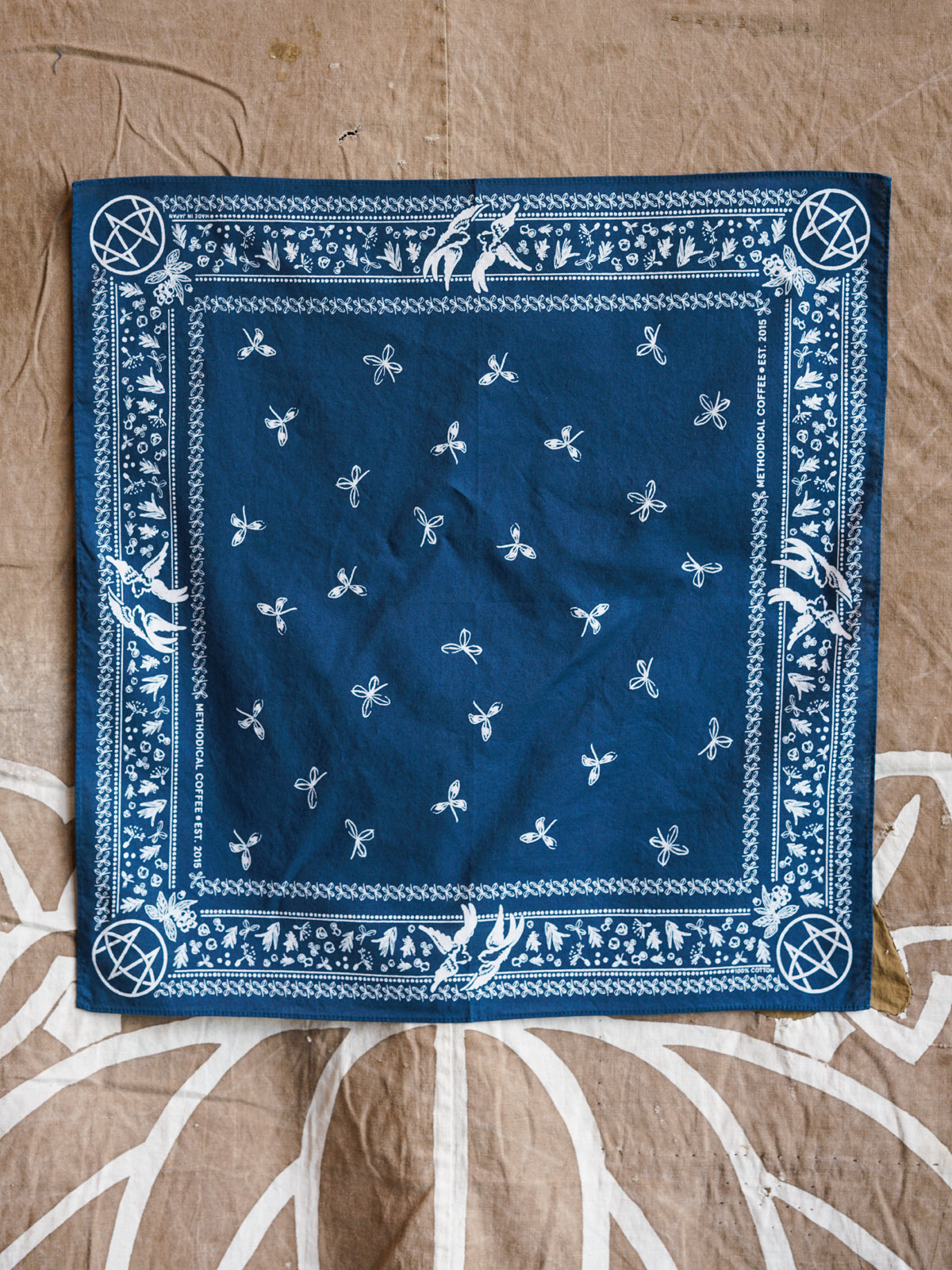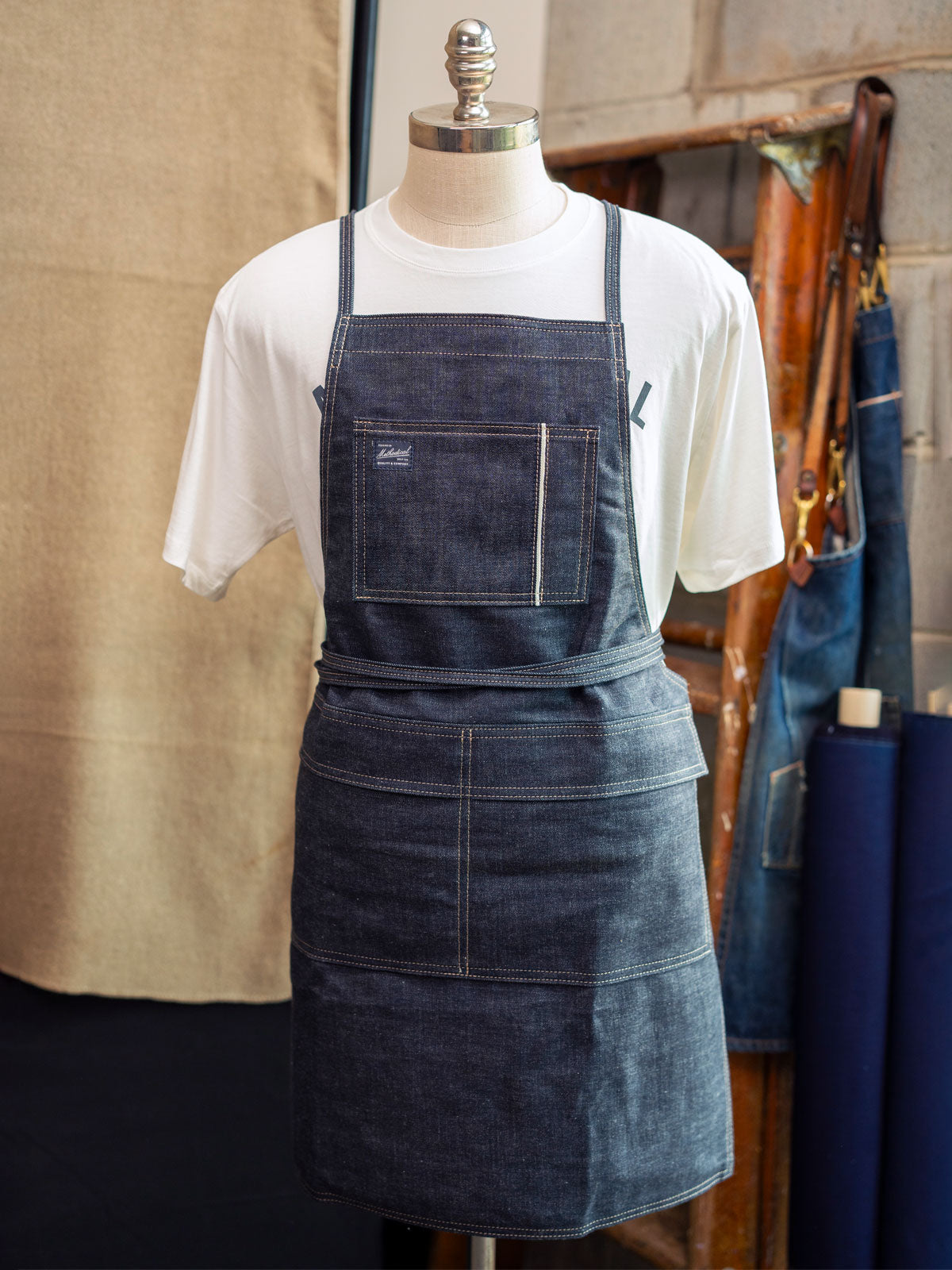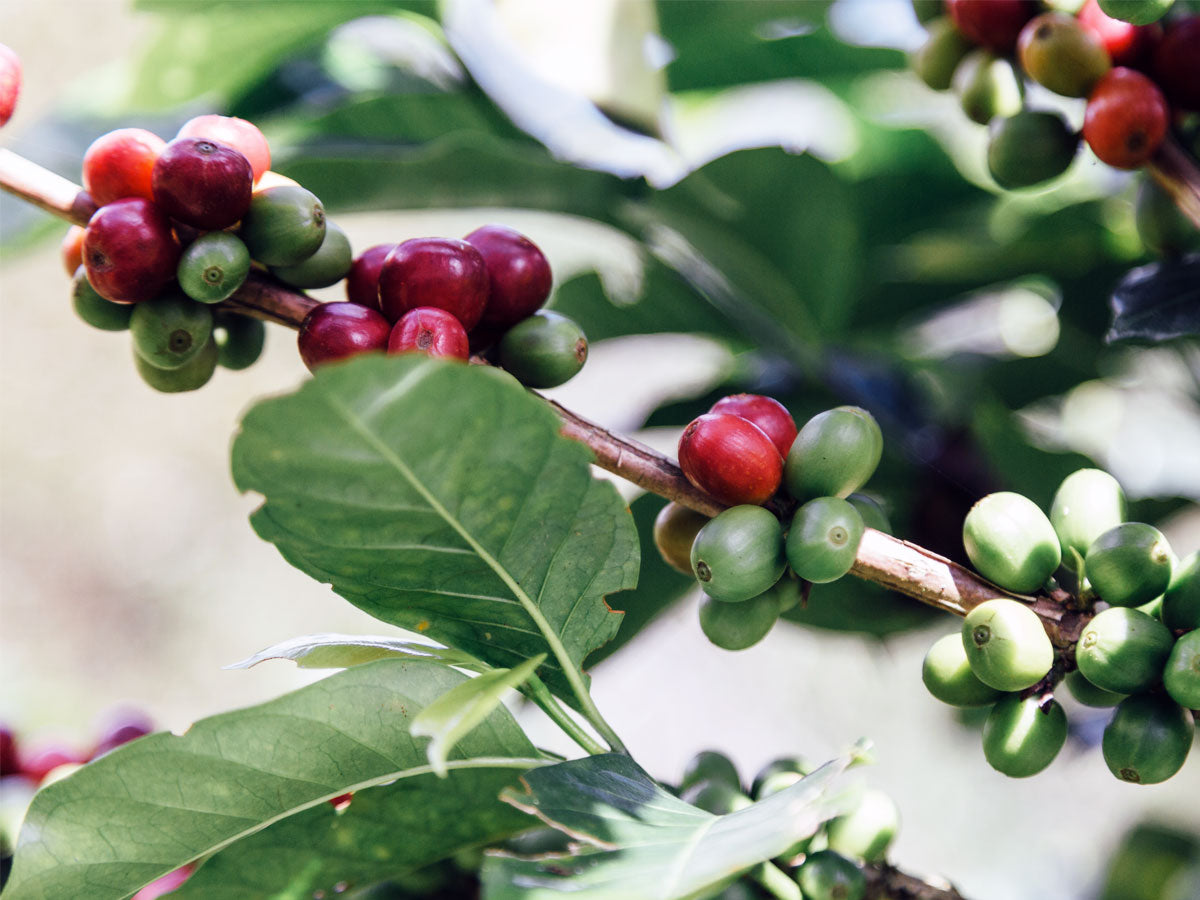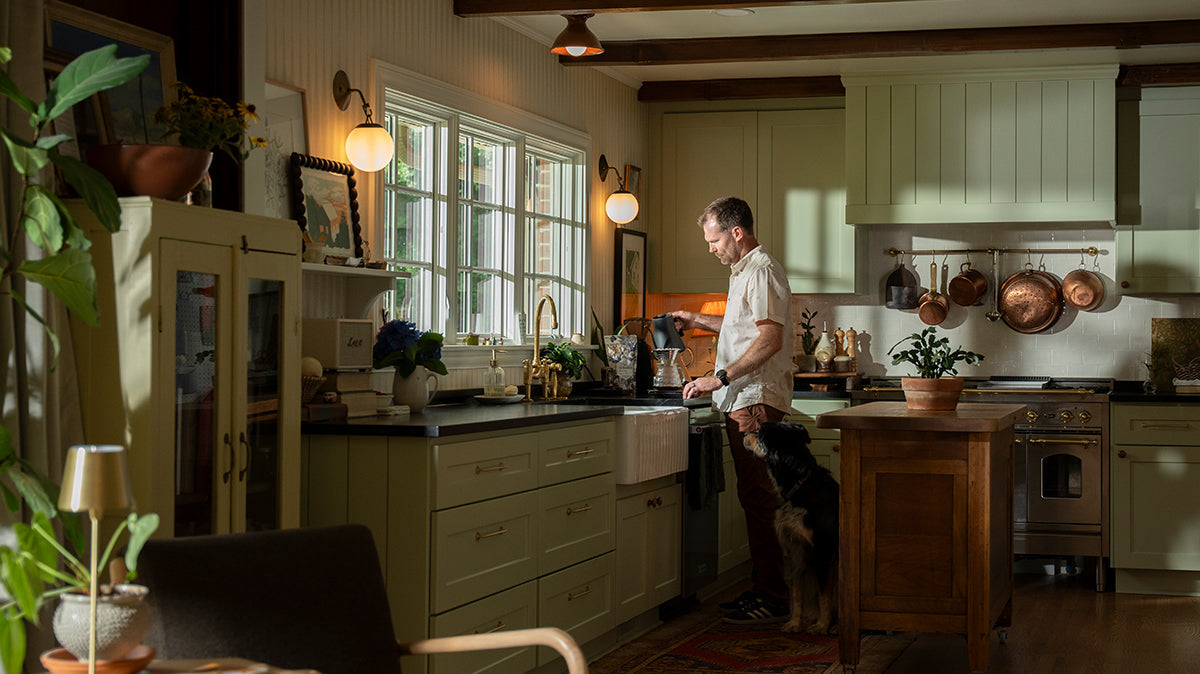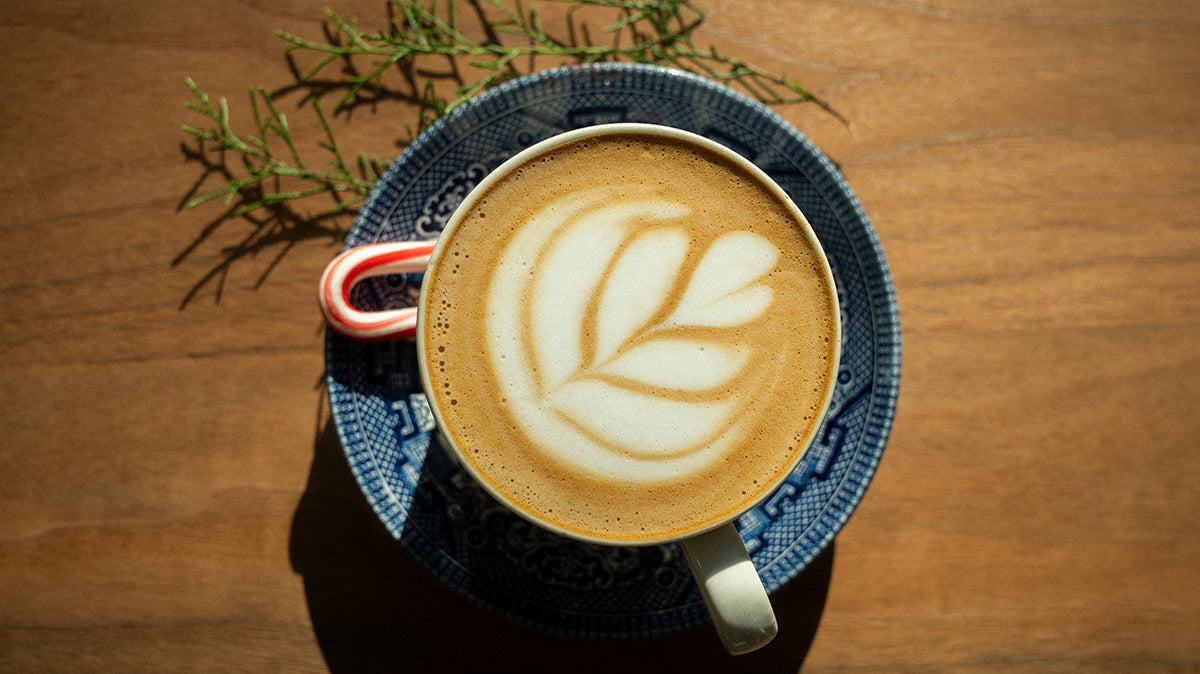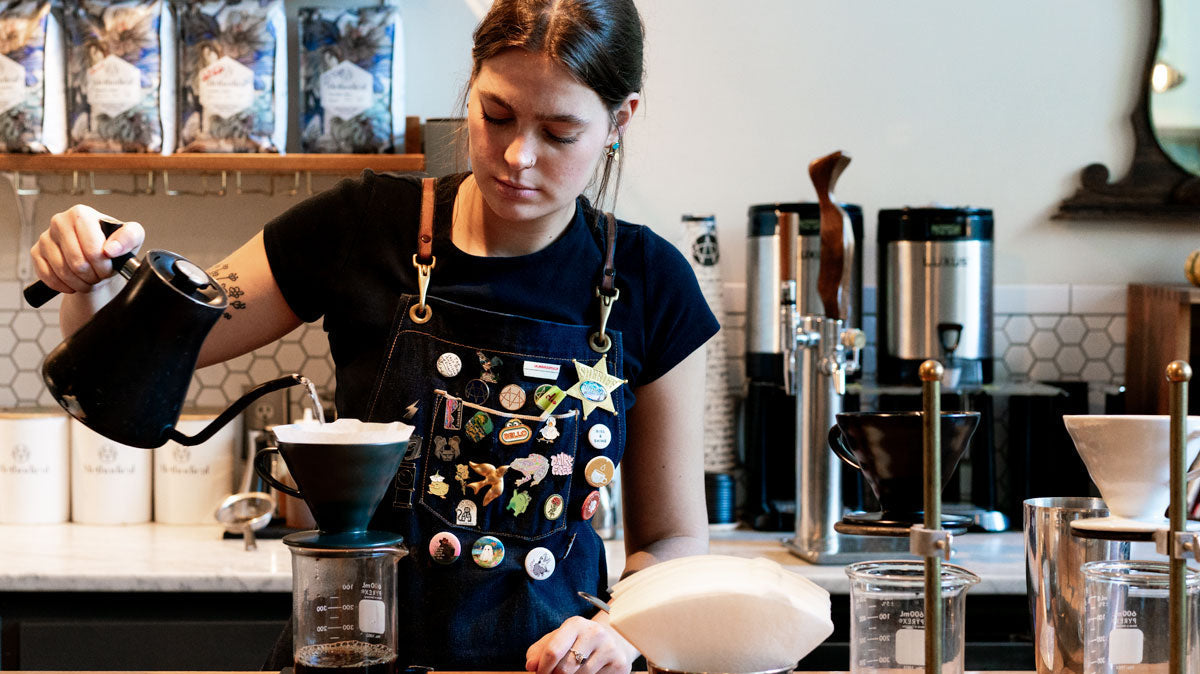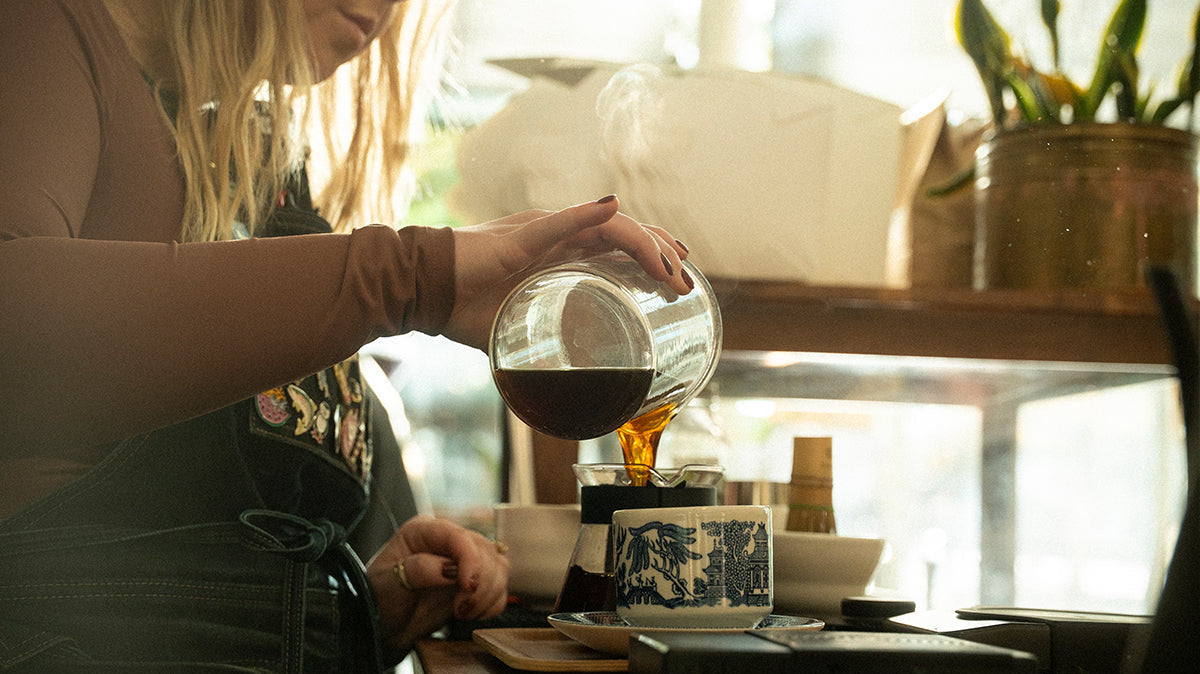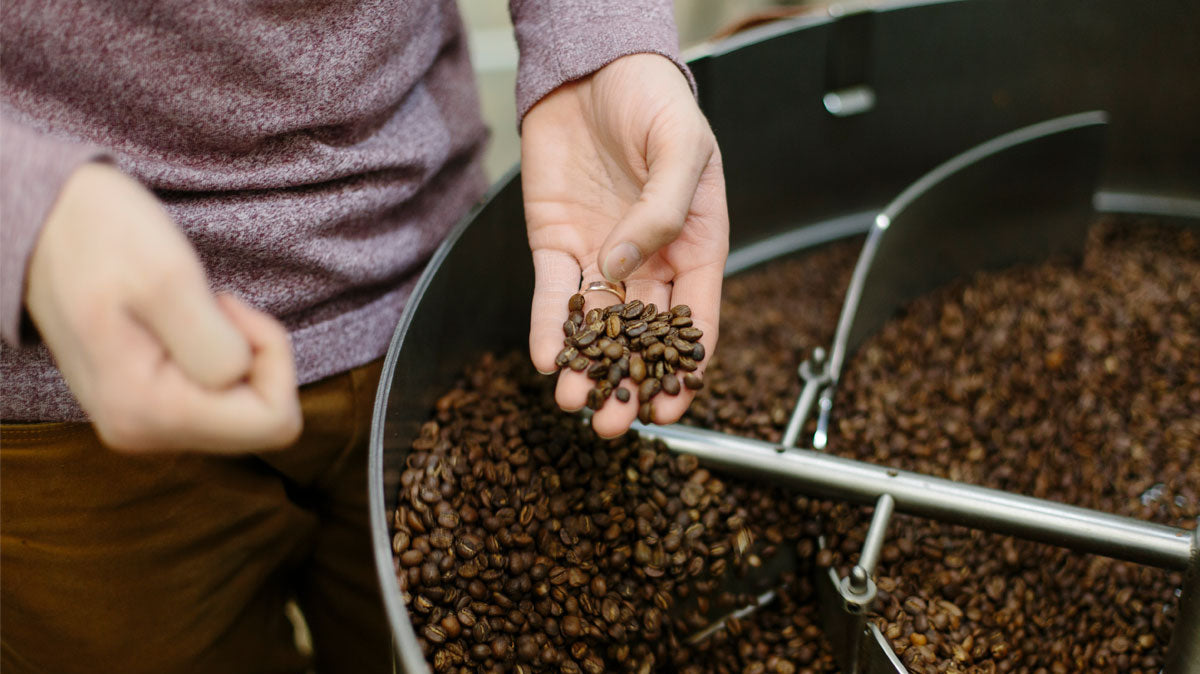Did you know that there are four distinct types of coffee beans that are cultivated for consumption globally? Within each type of coffee bean, there are numerous varieties and cultivars, each with its specific taste and characteristics based on factors such as the region, soil, climate, and processing methods. Coffee enthusiasts often seek out these different varieties to explore the diverse world of coffee flavors. If you count yourself among them, then this guide is for you. We’ll dive into the four main types of coffee beans so you can be more informed when shopping for your next bag of coffee.
Where do Coffee Beans Come From?
Coffee beans come from the seeds of the coffee plant, which is a small evergreen shrub or tree belonging to the Coffea genus. These plants are native to tropical regions of Africa, particularly Ethiopia, but are now cultivated in various parts of the world with similarly suitable climates, such as South East Asia and South America. A vast majority of the global coffee crop is grown in the “bean belt” in countries located on or around the equator between the Tropics of Capricorn and Cancer.
The coffee beans that we use to make coffee and espresso are actually the pits or seeds found inside the cherries of the coffee plant. These cherries are usually deep red or purple in color. Each cherry typically contains two seeds, and these seeds are what’s referred to as coffee beans. Coffee beans are light green before roasting, at which point they gain their signature dark brown color and distinct flavor profiles.
Different Types of Coffee Beans
Around the world, there are different coffee species and varieties, each with its unique flavor profile. The region where the coffee is grown plays a significant role in determining the coffee's taste and aroma, as well as the specific variety of each plant–not to mention the different roasting methods for the beans themselves.
Arabica (Coffea arabica)
Arabica beans are likely to be the most commonly known type of coffee bean. Arabica beans are considered to be of higher quality and are often preferred for their delicate and nuanced flavors.
Arabica beans have a smoother, sweeter taste with notes of fruit, berries, flowers, and sometimes even chocolate or nuts, depending on the specific variety and growing conditions. They contain less caffeine compared to Robusta beans, making them a popular choice for those who prefer a milder coffee experience. Arabica coffee beans are versatile, able to make a delicious cup of black coffee or a great-tasting espresso beverage.
Arabica beans comprise about 75% of the world’s coffee crop. These popular beans are thought to have originated in Ethiopia (the birthplace of coffee) but have since been cultivated all over the world. They are grown at higher altitudes, typically between 2,000 to 6,000 feet (600 to 1,800 meters) above sea level, in regions with cooler temperatures and consistent rainfall. Arabica plants are more susceptible to diseases and pests, making them more challenging to cultivate, but the effort is often rewarded with a superior cup of coffee. Common varieties of Arabica coffee beans include Bourbon, Caturra, Catuai, Mundo Novo, and others.
Robusta (Coffea canephora)
Robusta beans have a stronger coffee taste with earthy, woody, and sometimes bitter flavors. They also tend to have a higher level of acidity. These beans contain more caffeine compared to Arabica beans, which gives Robusta coffee a more intense and caffeinated kick. Robusta is often used in espresso blends and instant coffee because it produces a thicker crema (foam) and has better solubility, perfect for lattes and other espresso drinks. Robusta coffee is also sometimes blended into Arabica coffee for higher caffeine content and a stronger flavor.
Robusta beans are grown in areas of Africa, Indonesia, and some areas of Vietnam. Hardier and more resistant to diseases and pests, these beans are easier to cultivate in various climates and at lower altitudes. They are typically grown at altitudes below 2,000 feet (600 meters) and in regions with higher temperatures and more rainfall.
Learn more: Arabica Coffee vs. Robusta Coffee: What's the Difference?
Liberica (Coffea liberica)
Liberica beans are much less common than Arabica beans or Robusta beans and equally difficult to get ahold of. These beans have a unique and distinct flavor profile, often described as fruity with floral and spicy notes. In many regions, Liberica beans are brewed strong and served with sugar. The strong flavor can be quite polarizing for some coffee drinkers.
Liberica coffee is grown in certain regions of West Africa, specifically Liberia (hence the name). However, Liberica coffee is perhaps most popular in the Philippines, where it is most commonly referred to as “Kapeng Barako.” With its relatively low yield and strong flavor profile, Liberica coffee beans make up less than 2% of the global coffee crop.
Liberica beans are less commonly found in the global coffee market but are still appreciated for their rarity and unique taste–which is why this coffee typically has a much higher price point than Arabica beans.
Excelsa (Coffea liberica var. dewevrei)
Excelsa beans have a tart and fruity flavor, sometimes likened to a combination of tart cherries, dark berries, and light citrus. Excelsa beans are used in blends to add complexity to the flavor profile but generally have less caffeine content than both Robusta and Arabica beans.
Excelsa beans are grown in Southeast Asia, particularly in Vietnam and the Philippines. The classification of the Excelsa coffee bean holds some controversy and confusion. While originally considered to be a distinct coffee species, the Excelsa plant was reclassified as a variety of the Liberica bean, specifically the dewevrei variety. Nevertheless, the Excelsa coffee plant is still handled by many as its own coffee species.
Which Coffee Bean Should You Choose?
Since Arabica beans are by far the most common and widely cultivated type of coffee, you’re more likely to find Arabica beans than any other. And that’s not a bad thing! Arabica coffee has a beautiful, balanced flavor profile and countless varieties to choose from.
If you want to start experimenting with different types of coffee, you can try many of the varietals of Arabica coffee or try to get your hands on Robusta, Liberica, or Excelsa beans. Though finding Liberica and Excelsa beans could take a bit of searching, you might enjoy the unique experience offered by these rarer types of coffee.
Choose Your Own Coffee Adventure
We have blends and single-origin coffees with beans grown all over the world. If you’re ready to dive in and explore the rich world of coffee, pick up one of our many roasts or grab a subscription for one of our coffee categories to receive a variety of beans to try. See if you can identify the different flavor profiles and tasting notes in each type of coffee with a cupping session of your very own–and let us know how it goes!
You might also like:
